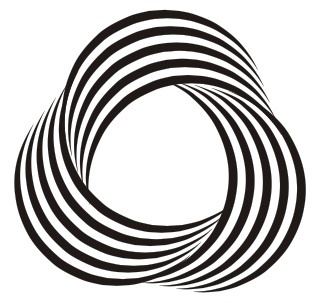 | ||
The International Wool Secretariat was formed in 1937 to promote the sale of wool on behalf of woolgrowers and review research carried out by independent bodies such as the Wool Industries' Research Association at Torridon, Leeds, England.
Contents
It was supported by levies on wool grown in Australia, New Zealand, South Africa and Uruguay.
Foundation
It was an organised response by the three main woolgrowing countries to the leap in production of artificial fibres such as rayon (now polyester) used in place of wool. Germany alone produced 9,200 tons of these artificial fibres in 1934, 19,600 tons in 1935 and 45,000 tons in 1936. It was anticipated the production for 1937 would be 90,000 tons.
Woolmark
The woolmark was developed by the IWS under the control of two Australians Sir William (Archer) Gunn (1914-2003) who was chairman and Sir William Vines (1916-2011) as managing director.
A certification mark used on pure wool products that met the IWS standard of quality. Launched in August 1964 it had been selected following a 1963 competition won by Milanese Francesco Saroglia (most probably a pseudonym chosen by designer Franco Grignani).
The two main objectives were to position wool at the top of the textile market and to ensure that products bearing the Woolmark label were made from pure new wool and manufactured to the highest standards. It was such a success it eventually ranked with a large scallop shell or three-pointed-star in terms of consumer recognition and understanding.
In 2011, British design magazine, Creative Review, declared the Woolmark number one of the top twenty logos of all time.
